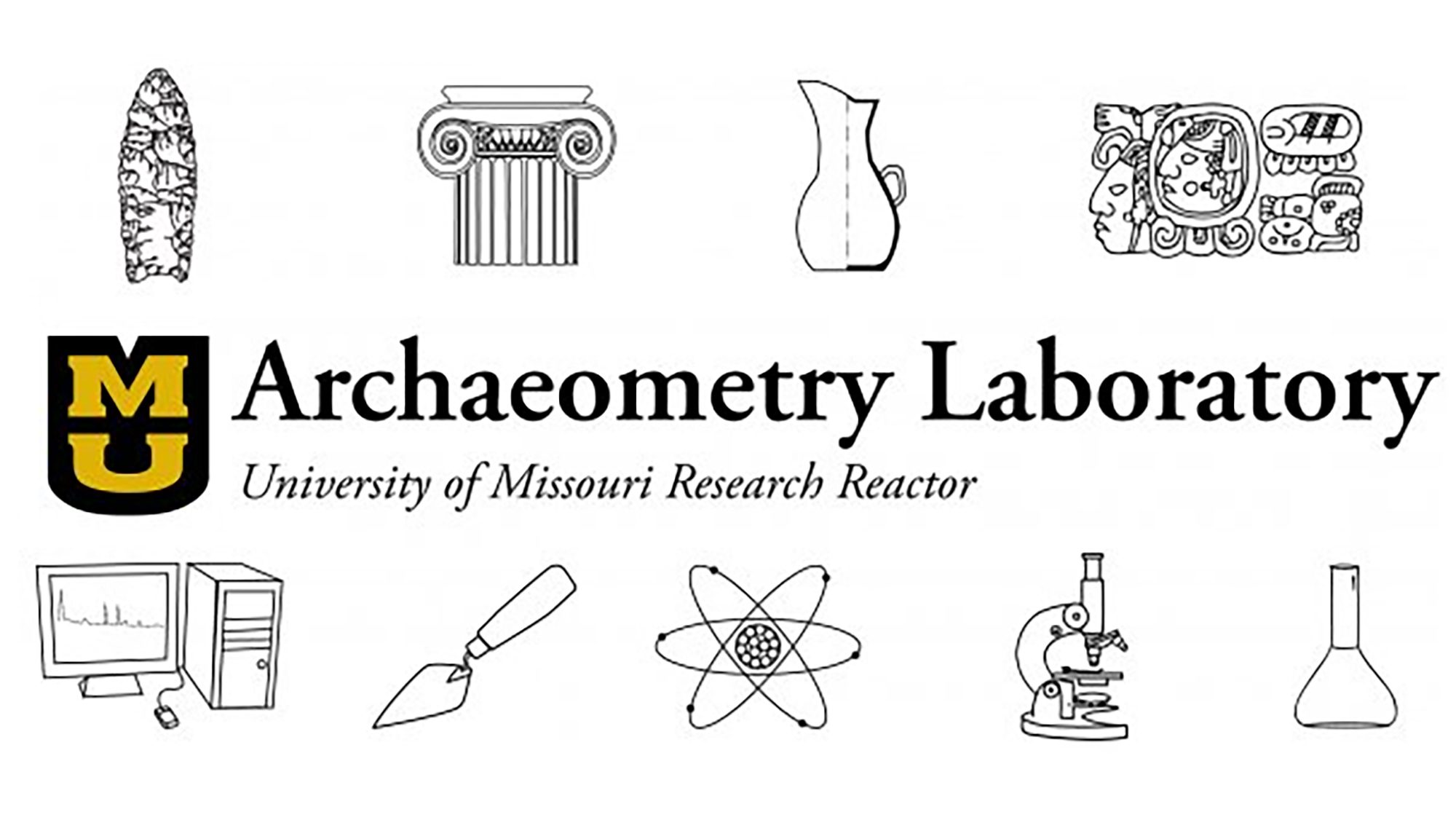
As one of only a handful of laboratories in the world that offer access to five major analytical techniques used to characterize archaeological materials, the Archaeometry Laboratory at the University of Missouri Research Reactor (MURR) processes approximately 6,000 samples annually for universities and researchers worldwide.
Since 1988, the lab has created one of the largest databases on artifacts and geological samples through continuous funding from the National Science Foundation. This database catalogs materials such as ceramics, obsidian, basalt and chert and serves as a valuable resource for researchers to compare and identify discovered samples.
The state-of-the-art facilities and analytical capabilities include neutron activation analysis (NAA), X-ray fluorescence (XRF), Raman spectroscopy (RS), and inductively coupled plasma-mass spectrometry (ICP-MS), including a multi-collector ICP-MS and laser-ablation. Much of this research is made possible by MURR’s 10 MW reactor and 6.5 day per week operating schedule, the best operating schedule of any research reactor in the world.
